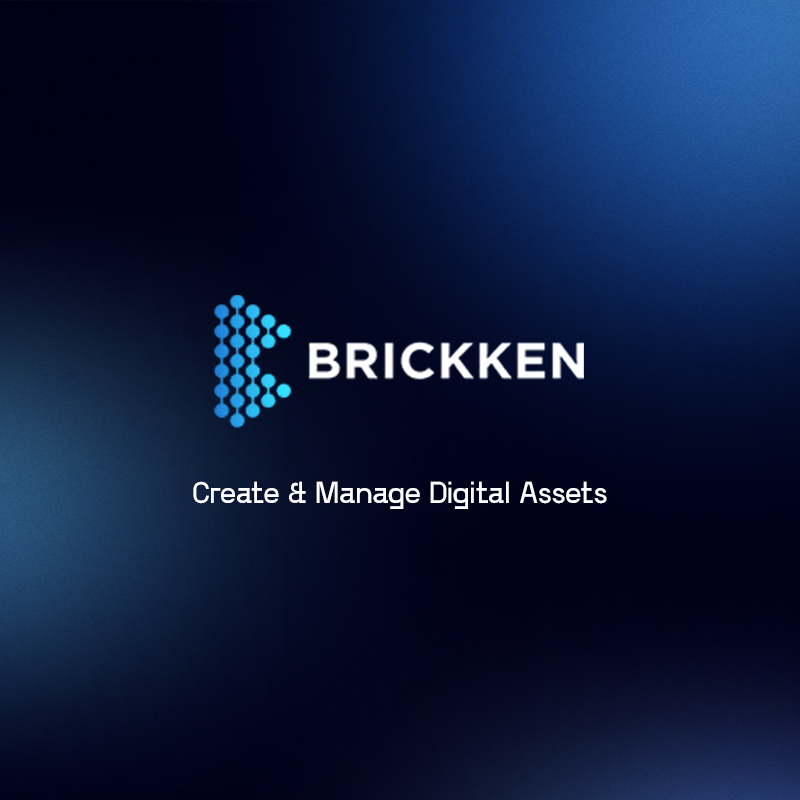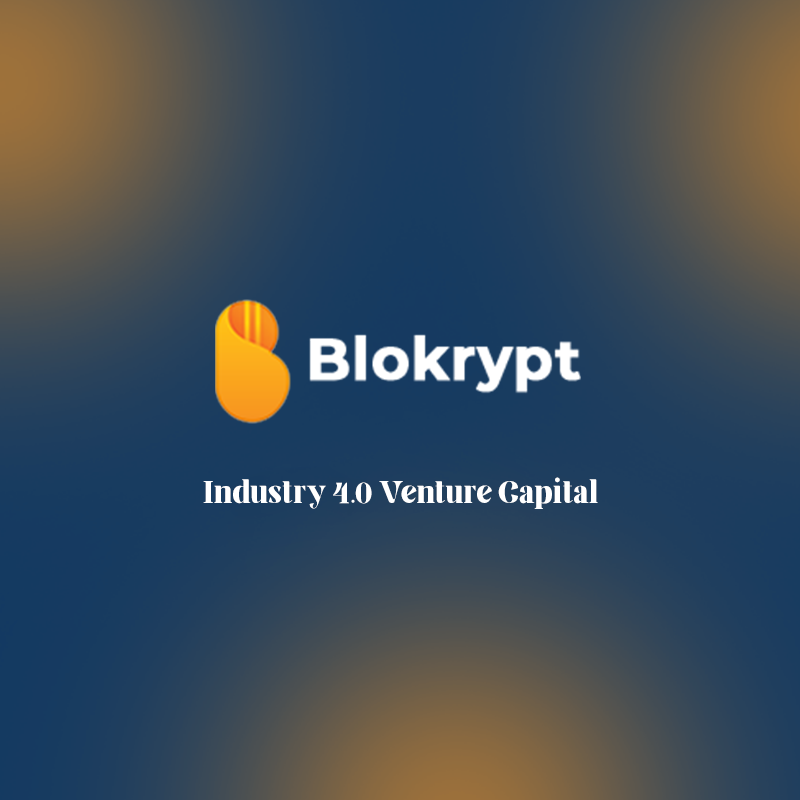
Navigating the Benefits and Challenges of Real-World Asset Tokenization
The financial landscape is undergoing a transformative shift, and at the heart of this revolution lies Real-World Asset Tokenization. This groundbreaking technology is reshaping the way we perceive, invest, and manage tangible assets. As we embark on this exploration of the benefits and challenges of Real-World Asset Tokenization, it’s crucial to understand the profound implications it holds for investors, businesses, and the broader economic ecosystem. In this era of digitization, the potential advantages are vast, but so too are the complexities and hurdles. Our journey through the intricacies of this revolutionary concept begins with a deep dive into the myriad benefits that beckon us toward a tokenized future.
The Benefits Unveiled:
1. Enhanced Liquidity and Accessibility
One of the most enticing promises of Real-World Asset Tokenization is the newfound liquidity it injects into traditionally illiquid assets. By converting physical assets into digital tokens, barriers to entry are lowered, democratizing investment opportunities. This democratization, coupled with the ability to trade 24/7 on blockchain-based platforms, introduces a new era of accessibility for a global investor base. From real estate to fine art, tokenization empowers fractional ownership, enabling investors to participate in markets that were previously out of reach. The result is a financial ecosystem where liquidity is no longer a bottleneck but a driving force.
2. Efficiency Through Smart Contracts
Smart contracts, powered by blockchain technology, are the linchpin of efficiency in Real-World Asset Tokenization. These self-executing contracts automate processes, reducing the need for intermediaries and streamlining transactions. The transparency and immutability of blockchain ensure that contractual terms are indisputable and executed precisely as coded. This not only expedites processes but also mitigates the risk of fraud and errors. The result is a more agile and cost-effective system where contractual agreements are not just honored but executed with unprecedented efficiency.
3. Fractional Ownership and Diversification
Real-World Asset Tokenization shatters the traditional model of ownership by introducing the concept of fractional ownership. Investors can now own a fraction of a high-value asset, such as commercial real estate or rare artwork, making previously exclusive markets accessible to a wider audience. This fractional ownership model not only democratizes investment but also facilitates diversification. Token holders can spread their investments across a spectrum of assets, reducing risk and enhancing the resilience of investment portfolios. The result is a more inclusive and diversified investment landscape.
4. Globalized Capital Markets
The decentralization inherent in blockchain technology breaks down geographical barriers, paving the way for truly globalized capital markets. Real-World Asset Tokenization enables assets to be traded seamlessly across borders, fostering a borderless investment environment. Investors can tap into opportunities worldwide without navigating complex regulatory frameworks, opening up new frontiers for capital flow. This globalization of capital markets not only attracts a diverse range of investors but also stimulates economic growth on a global scale.
5. Increased Transparency and Security
Blockchain’s core attributes of transparency and security are formidable pillars in the realm of Real-World Asset Tokenization. Every transaction, from token creation to transfer of ownership, is recorded on an immutable and transparent ledger. This not only enhances trust among participants but also provides a comprehensive audit trail. Additionally, the cryptographic nature of blockchain ensures the security of digital assets, protecting them from fraud and unauthorized access. The result is a financial ecosystem where transparency and security are not just buzzwords but integral components, fostering a climate of trust and reliability.
The Challenges Explored:
1. Regulatory Uncertainties
Despite the transformative potential, Real-World Asset Tokenization faces a labyrinth of regulatory uncertainties. The intersection of traditional finance and cutting-edge technology often raises questions about compliance, jurisdiction, and legal frameworks. Navigating this complex regulatory landscape poses a significant challenge for both platform operators and investors. Striking the right balance between innovation and regulatory adherence is crucial for the sustainable growth of tokenized assets. As the regulatory landscape evolves, the industry must actively engage with regulators to establish clear frameworks that foster innovation while ensuring investor protection.
2. Technological Barriers and Security Risks
The reliance on blockchain technology, while a strength, also presents challenges. Scalability, interoperability, and the energy-intensive nature of certain blockchain consensus mechanisms are hurdles that demand attention. Moreover, the security of digital assets, though enhanced by blockchain, is not immune to evolving cyber threats. The risk of hacking, fraud, and technological vulnerabilities requires continuous innovation in cybersecurity measures. Addressing these technological barriers and security risks is imperative for the sustained success of Real-World Asset Tokenization.
3. Market Standardization and Interoperability
The absence of standardized practices across Real-World Asset Tokenization platforms creates a fragmented landscape. Lack of interoperability between different blockchain networks and token standards hampers the seamless transfer of assets between platforms. Establishing market standards is a key challenge that the industry must overcome to realize the full potential of tokenization. Collaboration among industry stakeholders, including platform operators, developers, and regulatory bodies, is essential to foster interoperability and create a cohesive ecosystem.
4. Perceived Lack of Tangibility
Traditional investors often grapple with the intangibility of digital assets. Real-World Asset Tokenization, by converting physical assets into digital tokens, challenges conventional notions of ownership tied to physical possession. Overcoming the psychological barrier associated with the perceived lack of tangibility is a nuanced challenge. Educating investors on the robustness of blockchain technology, the legal frameworks supporting tokenization, and the potential for fractional ownership can help bridge this gap and build confidence in the digital ownership paradigm.
5. Market Adoption and Awareness
The success of Real-World Asset Tokenization hinges on widespread adoption and awareness. Despite its transformative potential, many investors and businesses remain unaware of the benefits and mechanics of tokenization. Building awareness requires concerted efforts from industry participants, including educational initiatives, marketing campaigns, and collaborative outreach. Overcoming the inertia of traditional financial systems and driving adoption across diverse sectors is a strategic challenge that demands a collective commitment to educating and onboarding stakeholders.
Navigating the Tokenized Horizon
In conclusion, the journey through the benefits and challenges of Real-World Asset Tokenization unveils a landscape of unprecedented potential and complex hurdles. As we stand on the cusp of a tokenized future, it’s clear that the advantages—enhanced liquidity, efficiency through smart contracts, fractional ownership, globalized capital markets, and increased transparency—are reshaping the financial paradigm. Yet, the challenges—regulatory uncertainties, technological barriers, market standardization, perceived lack of tangibility, and market adoption—require strategic solutions and collaborative efforts to ensure a smooth transition into this new era.
Real-World Asset Tokenization represents more than a technological innovation; it’s a paradigm shift that demands a holistic approach. Industry players, regulators, and investors must collaborate to establish robust frameworks, address technological challenges, and foster a culture of trust and understanding. As we navigate the tokenized horizon, the potential to unlock value, democratize finance, and create a more inclusive global economy is within reach. The journey ahead requires diligence, adaptability, and a shared commitment to realizing the full promise of Real-World Asset Tokenization.
About the Author:
Tech Entrepreneur and Digital Systems Engineer
Yassir's entrepreneurial journey began at 16yo (2013) in Meknès-Morocco 🇲🇦, diving into freelancing in the worlds of web development, data science, digital marketing, and growth hacking. In 2020, Yassir co-founded Brickken in Barcelona-Spain 🇪🇸, the leading Real-World Assets (RWA) tokenization and digital assets management software suite. Armed with a background in Digital Systems Engineering (ENSEM Nancy-France 🇫🇷) and a Master's in Innovation and Research in Informatics (FIB-UPC Barcelona-Spain 🇪🇸), Yassir have been a perpetual innovator. From crafting ecommerce stores to developing mobile apps, founding a growth marketing agency in Nancy-France 🇫🇷, to diving into web3, RPA, AI, and ML solutions, Yassir's journey reflects a commitment to pushing tech innovation boundaries.
My Services
I support Tech Founders in building marketing systems, AI business processes automation systems, tokenomics systems, and software MVPs.










Previously built and worked with innovative global companies in 🇫🇷 🇪🇸 🇰🇷 🇧🇪 🇺🇸 🇩🇪 🇬🇧
RWA Tokenization & Digital Assets Management
With a commitment to revolutionizing the way we perceive and interact with tangible assets, Brickken employs the blockchain and tokenization technologies, to bring about a paradigm shift in asset management. In 2023, Brickken's technology has been used to tokenize over $200M worth of real-world assets in 11 different countries.
Decentralized I4.0 early-stage Venture Capital
Blokrypt Ventures empowers and backs early-stage startups operating at the forefront of the RPA, AI, Web3, and Cybersecurity sectors, fostering a blockchain-powered ecosystem where liquidity fuels innovation, setting new standards for the future of venture capital.




